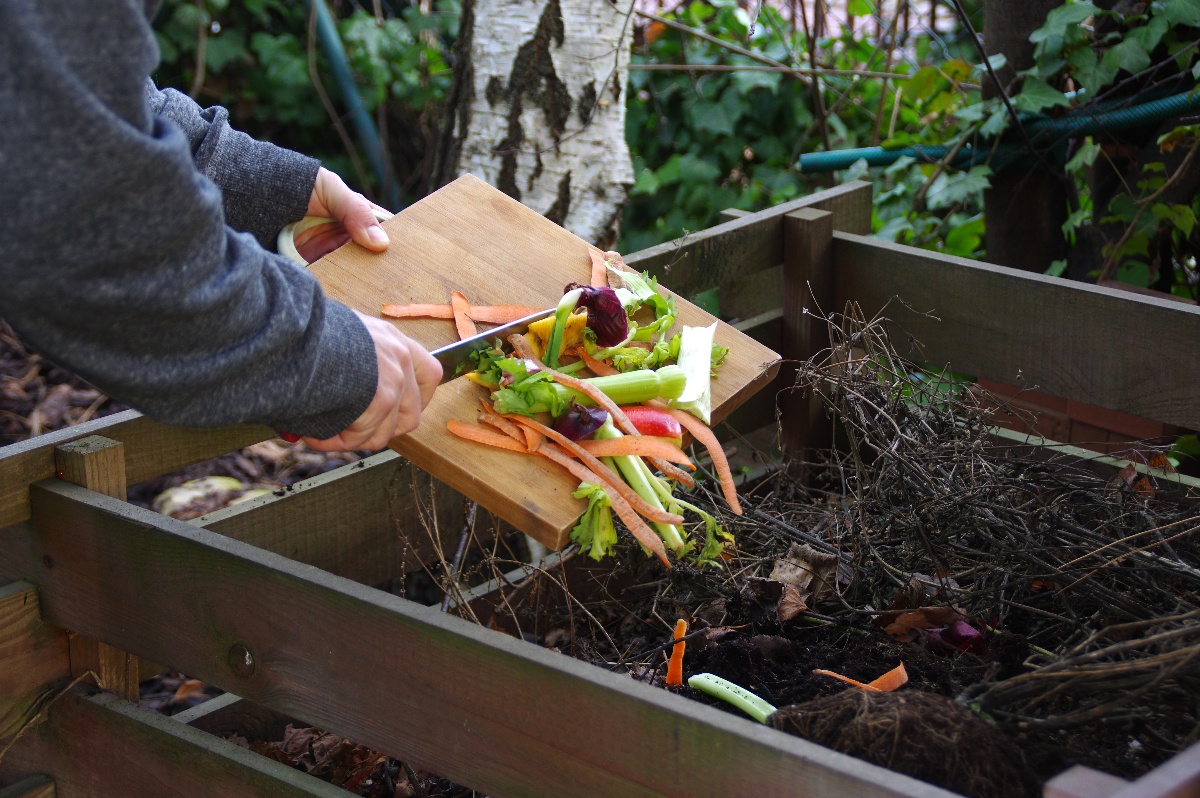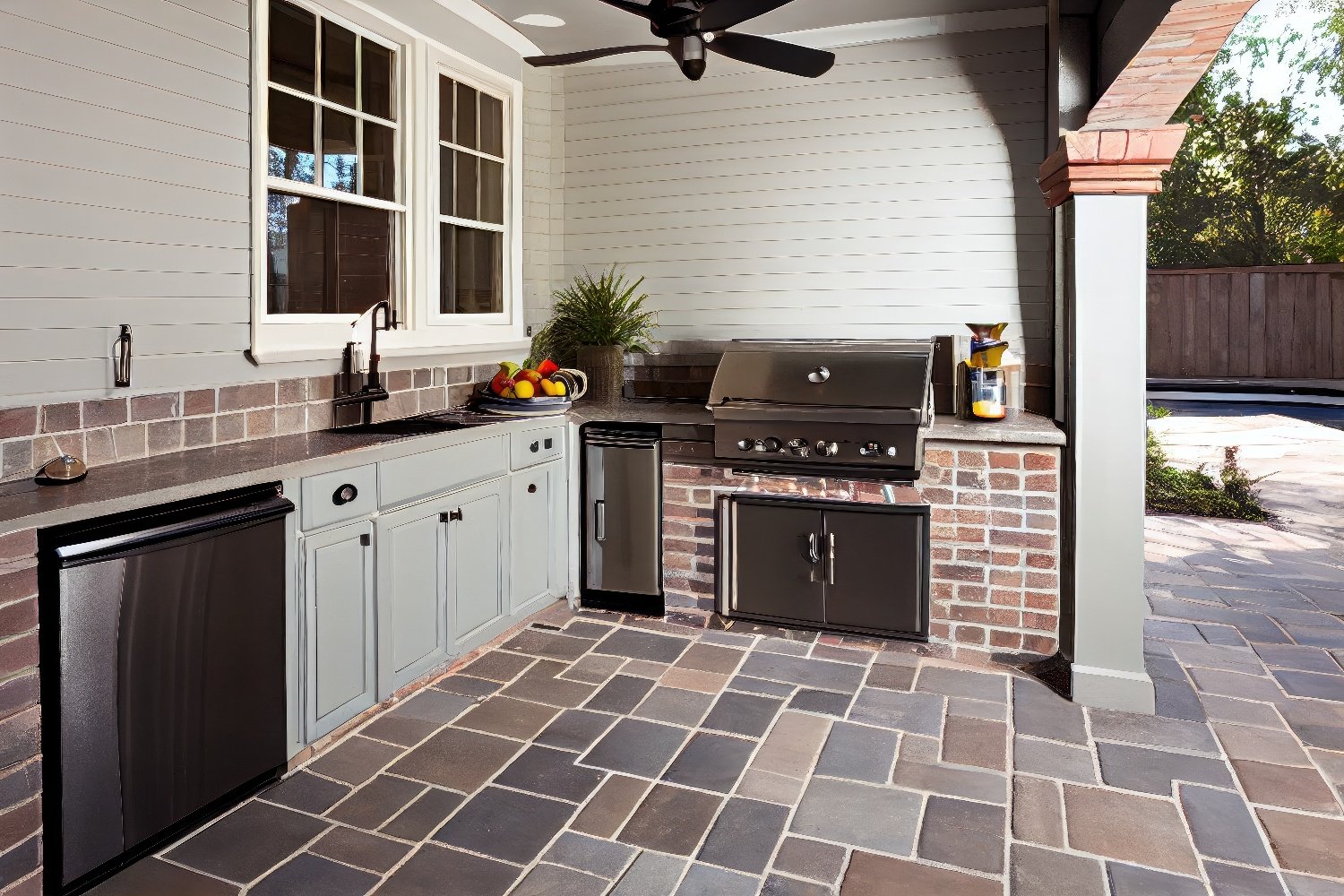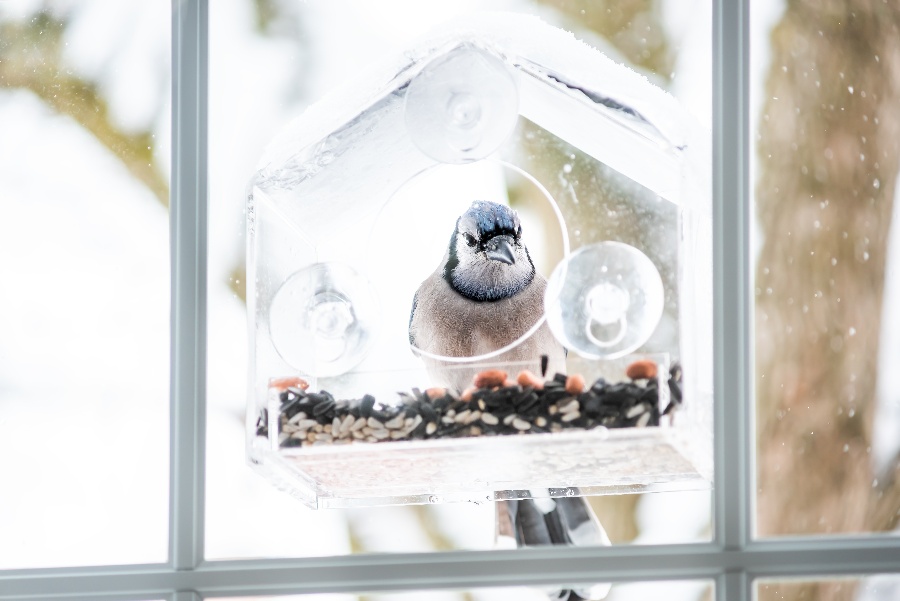[Continued from Part 1]
4. Timing is Everything
Compost piles are built in layers and they decompose toward the center. To reach decomposition, the green and brown need to form a rotting yet airy pile that heat can move through evenly. The oxygen is consumed by microorganisms inside the pile which break down organic material into rich soil. Turning the compost is necessary to renew the oxygen and feed the micro bacteria. This process is what heats the pile and causes the decomposition.
When it comes to timing, there are two elements: adding layers and turning the pile. To time adding layers, you need whole layers to add. which means adding a fluffy complete layer of brown topped with a thin but complete layer of green on top. You may need to save a fairly large Tupperware of kitchen trimmings or supplement with grass clippings.
The second element is turning. If you use a long-stem thermometer, you can tell when the temperature rises and falls in the pile. When it starts to fall, somewhere after seven to 14 days, turn the pile to refresh the air and turn the outside layers inward.
5. Getting Smart with Compost Science
As smart devices advance, it also becomes possible to get pretty scientific with your composting process. You can set up a wifi thermometer, for example, to give an internal temp reading and create a log so you can see how the compost heat rises and falls. Hygrometers can tell you when to water your compost pile for more moisture and smart home calendars can remind you when to check and turn the pile.
If you are balancing your eco-friendly home between naturalism and cool technology, a smart compost pile is a great fusion of the two. Get down with science and nature at the same time.
How to Use Completed Compost Soil
- Fertilized Potting Soil
- Mix with 1 part compost, and 3 parts vermiculite for new potting soil
- Flowerbed Mulch
- Cover Perennials and Annuals with 1-2 inches of compost to protect and make drought-resistant
- Growing Vegetables
- Cover vegetable beds thoroughly in the fall, then till into the soil in the spring
- Place a handful of compost in each hole when planting for nutrients
- Feed "heavy feeder" veggies with 1/2 inch compost monthly
- Yard Soil Renewal
- Treat bald spots with compost from an existing lawn, then reseed the spot
- Topdress 1/2 inch compost into the existing lawn to improve even growth
- Prepare a Lawn for Seeds
- Till 3 inches of compost into fresh soil before seeding a lawn
- Replenish Potted Plants
- Add an inch of compost to replenish potted plants instead of reporting with enow potting soil
- Maintain Young Trees
- When planting, work 1-inch compost into the top 2 inches of soil around the trunk to the dripline - outermost canopy
- Once a year, gently till the soil around a tree or shrub and work in 1/2 inch compost
- Replaces forest floor brush
- Do not touch bark with compost
Using your compost has some great potential. It all depends on the kind of planting and growing you want to do. You can use compost to replenish a lawn, feed potted plants, grow vegetables, or mulch your flowerbeds. If you have more compost than planting to do, donate it to a local community garden.
Composting is a fun and productive way to take care of the last of your kitchen food waste. If you want to live the sweet zero-impact lifestyle or just make complete use of your groceries and lawn clippings, composting is a science project that does both. For more interesting home projects and fun ways to go green at home, contact us today.










